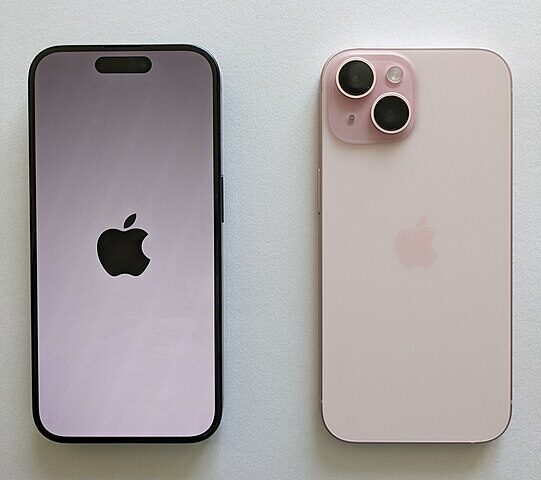Apple is revamping its Microsoft apps, streamlining it to resemble what it has on Macs and other Apple platforms. While the old “iTunes” app is still available, Apple now has its Music and TV apps available, more closely synced with how it works on iPhones.
Apple iCloud’s contacts, mail, and calendar can now easily be displayed on Windows Outlook. iCloud Drive now has a hosted location in Windows, just as Microsoft’s OneDrive has an Apple application. Importantly, passwords and passkeys held under an Apple account can now also be synced on Windows apps. Ars Technica says:
Big news for people who prefer iPhones but also prefer to use Windows PCs: Apple has quietly overhauled its entire suite of Windows apps, including non-beta versions of the Apple Music, Apple TV, and Devices apps that it began previewing for Windows 11 users over a year ago. Collectively, these apps replace most of the functionality from the iTunes for Windows app; iTunes for macOS was discontinued all the way back in 2019. Apple has also released a major iCloud for Windows update with an overhauled design.
All of the apps are currently available in the Microsoft Store. While the previews that Apple released last year required Windows 11 22H2 or newer, the final versions of all four new apps also work in Windows 10 for people who have chosen not to upgrade or whose PCs do not meet the system requirements.
Apple and Microsoft have defined the consumer operating software for decades. With people often working with more than one ecosystem, such as a personal iPhone and a company Windows laptop, users can now more seamlessly sync their data across their whole lives. The Verge says:
Microsoft has been working with Apple on the apps, and even welcomed their launch this week. Microsoft also previously rolled out iCloud Photos integration in Windows, enabling the ability to link an iCloud Photos library straight into the built-in Photos app on Windows 11.
Apple’s new Windows apps are only available on traditional x86-based PCs running Windows 10 or Windows 11, and there are no signs yet of ARM64 versions for Qualcomm-powered Windows devices.
This push for Apple apps on non-Apple devices solidifies the trend towards subscription revenue for Apple. While it still makes the majority of its money from hardware sales, Apple can now hope to capture more subscription revenue.
READ NEXT: The West Coast Is Facing A Major Problem








